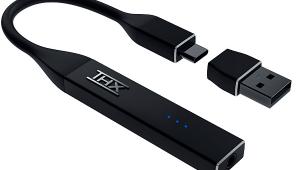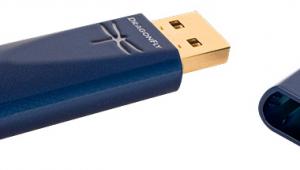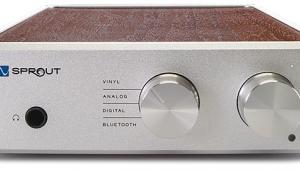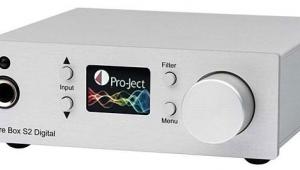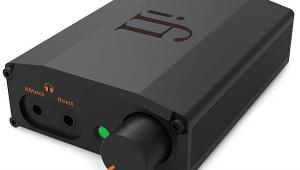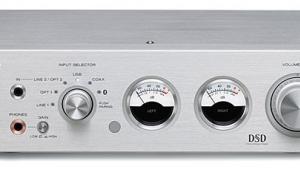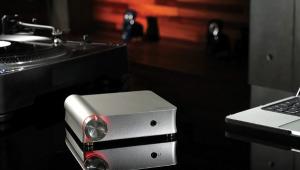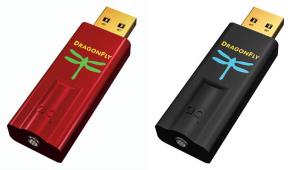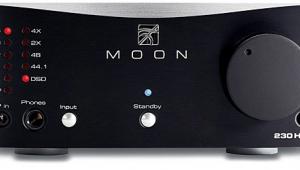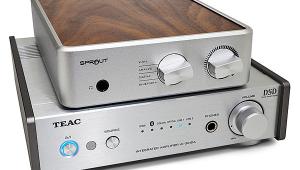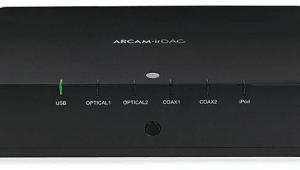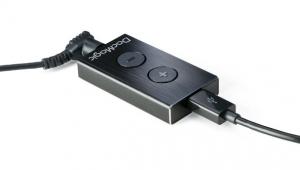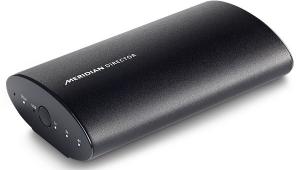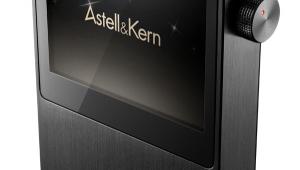Locksmith Blackpool offers expert locksmith services, from emergency lockouts to key cutting and security upgrades. Whether you need residential, commercial, or automotive assistance, our skilled team provides fast and reliable solutions. We prioritize your safety with high-quality locks and advanced security systems. **Trust Locksmith Blackpool for professional, 24/7 service—because your security is our commitment!**
Traveling Companions: Headphone Amps from FiiO, iFi, and Miniwatt Page 2
FiiO E07K and E12: Yet More Bang for the Buck
E07K "Andes" Portable Headphone Amplifier/USB DAC
As you might guess from the name, the new E07K is an update to FiiO's very popular E7 combo unit, with a number of substantial improvements. First and foremost, the E07K is capable of 24-bit/96 kHz performance (adopting the USB decoder from last year's well-regarded E17) where its ancestor was limited to 16/48; the new version also includes separate treble and bass controls (letting you boost and cut, thankfully) in place of the E7's three-position bass boost, plus a balance control, an input gain switch (offering 0dB, 6dB, and 12 dB settings), plus a couple of convenient features for use on the road (a hold switch) and home (a line out setting that takes the onboard volume control out of the loop for use with the E09 desktop headphone amp). Everything's accessible via a set of buttons mounted on the unit's left edge; you can keep track of your changes via the bright and readable OLED display. The E07K keeps the dual headphone outputs, but the feature set is more in line with FiiO's higher-priced offerings.
The E07K ships with all of the accessories you're likely to need - not only does it arrive in a rubber protective sleeve; you also get a velvet bag, plus a couple of stick-on screen protectors, a USB cable, a short stereo connector cable terminating in nice right-angle 1/8-inch plugs at both ends, and a couple of substantial rubber bands for a secure attachment to your portable source (though frankly you might want to engineer some sort of velcro solution if you're planning to use this with your smartphone - today's bevel-to-bevel touch screens simply don't leave much room for rubber bands).
You almost get to wondering whether - for most potential buyers - there's really a reason to pick up the $139 E17 (aside from the pricier unit's S/PDIF input and 192 kHz support) when the E07K delivers similar performance for a mere $89 (and throws in an extra headphone jack for sharing).
Given it's menu of tasty treats - plus the ability to work with Android devices that support USB host mode (like the popular Samsung Galaxy S and Note lineups and the stellar new HTC One), handy EQ controls, and a pair of headphone outputs just right for sharing with a friend - the E07K should definitely be on your list if you want to explore portable headphone amp/DAC listening.There's one caveat here, in that the device seems somewhat susceptible to interference from GSM/EDGE/HSPA signals, so you may get some digital hash served up along with your music if you park your phone atop your DAC. If you want a more pristine listening environment, switching over to airplane mode on your device might be a good idea.
The E07K seems well-suited to the sorts of headphones most would be likely to use on the go - it's not intended to drive power-hungry studio phones, but to give users of quality models of reasonable sensitivity access to high-rez files and cleaner reproduction than that of which the average mobile phone or onboard laptop headphone amp is capable.
As expected, it proved a good match with typical loads - V-Moda's M-100 and various sets of IEMs from Westone, Logitech/Ultimate Ears, and RBH - but seemed ever so slightly underpowered with the HiFiMan HE-400, and more apparently so with the HE-500 and Audeze LCD-3 we had on hand, though cranking up the input gain to the +6 dB position made event these 'phones perfectly usable, and the expense of just a little edginess. Using both outputs didn't seem to tax the E07K unduly, making it nice for sharing with a friend who appreciates fidelity, and also nifty for enthusiasts who might like to casually A/B headphones (the dual outputs don't have individual level controls, so your results may be less than scientific).
But those are very minor issues, and outside the expected use case of this device (also, keep in mind this thing sells for well under a hundred bucks). More importantly, the FiiO performs up to its surprising specs, not to mention offering more than (and sounding just as good as) units costing considerably more. The EQ is perfectly usable (though cranking up the bass control will get you excessive boominess if you're not careful or your headphones are bass-rich to begin with), and the balance control will likely be of great interest to those with hearing loss on one side.
The E07K sounds impressively good, works with most USB sources, and is available for a song. Why not?
E12 "Mont Blanc" Portable Headphone Amplifier
The FiiO E12 is a rather different animal - it's no Swiss Army knife, but simply a powerful, portable headphone amplifier in a miniature package, with a couple of very handy sound tailoring features (namely a bass boost and a cross feed circuit), and a price squarely in FiiO's serious-bang-for-the-bunk neighborhood. At $129, the E12 lets you use your most power-hungry phones almost anywhere - and manages to sound pretty darned good doing it.
As with previous FiiO efforts, I find the overall sound of the E12 impressive, but the bass boost a little overstated. YMMV depending on program material, but, for example, Chris Laurence's arco bass on Roxy Music's "Sunset" (from Stranded) is nicely muscular on the flat setting, but overpowering with the bass boost activated. It'd be nice to have an intermediate position (or a pair of EQ controls adjustable in smaller increments, like those on the E07K).
The E12 has a surprising amount of power on tap - a claimed 880 mW into a 32 Ohm load - and it should drive anything you feel like you might want to walk around with quite easily. Want to use planar magnetic headphones on the subway (but you spent all of your money on the cans already)? the E12 should definitely be on your list.
Even on its lower input gain setting (there's a two-position switch, with 0dB and +10dB detents), the E12 had little trouble with the HiFiMan and Audeze models the E07K couldn't quite muster the energy for without turning up the gain. I found no real reason to use the +10 dB setting with the collection of headphones I had on hand, but there are more challenging models out there, so it might come in handy for those with truly power-hungry collections. Suffice it to say that I imagine it'll drive most any headphone you're likely to reasonably use with a portable device (you'll likely want to leave it in the low-gain position with in-ears or any highly efficient headphone..
The crossfeed circuit is a welcome addition, especially at this price point, and has become an essential for me since I've been slowly picking up a number of HDtracks' high-rez rereleases of the Blue Note catalog. The hard panning on these records can make traditional headphone listening difficult for those used to more modern stereo positioning - it's a little disconcerting to have Coltrane in one ear and Lee Morgan in the other, for instance - but switching in the E12's crossfeed circuit moves the stereo image out front where it makes a whole lot more sense.
The effect takes a little getting used to (at first, you'll feel like the left and right channels are originating somewhere in the vicinity of your eyeballs) but once you do become accustomed it can really improve your experience of more difficult early stereo recordings (and you might appreciate the different perspective if you find the left/right presentation of headphones distracting in general).
And it's always nice to have options, especially if you own a few pairs of good headphones and IEMs - and especially when they sound this good and come this cheaply.
- Log in or register to post comments

